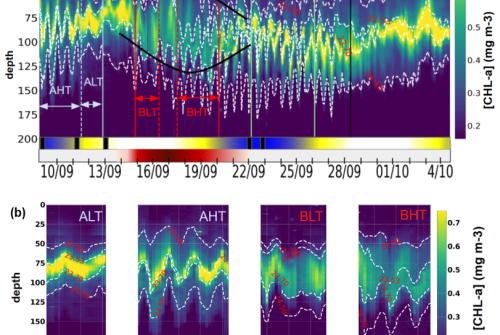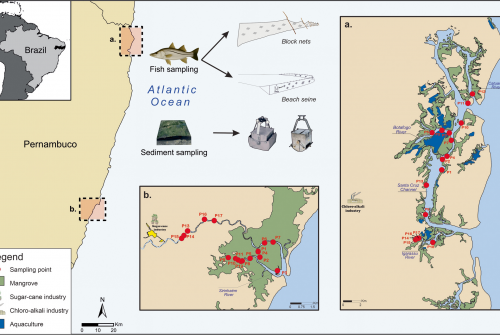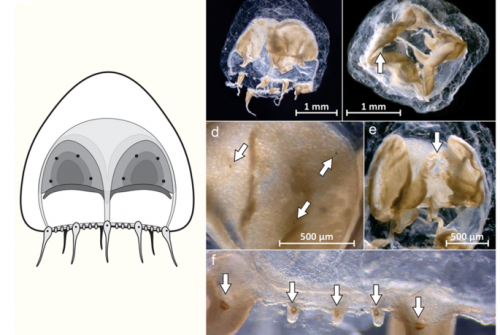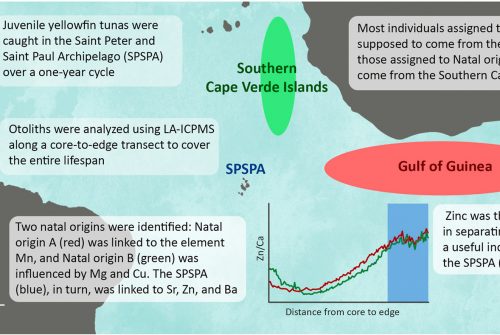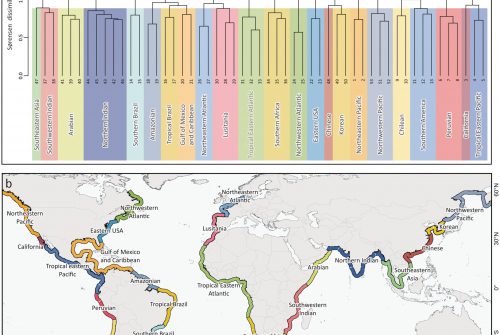
Copepod crustaceans of the genus Gaussia inhabit open ocean waters in epipelagic and bathypelagic zones from 0 to 5000 m. They show high-speed vertical migration and bioluminescent characteristics. In the Atlantic Ocean only the species G. asymmetricaBjörnberg T. K. S. & Campaner, 1988 and G. princeps (Scott T., 1894) have been recorded previously. We report the first occurrence of the rarely recorded G. intermedia Defaye, 1998 for the Atlantic off Brazil. The specimens were collected around the Rocas Atoll (3°51′S 33°49′W), through the ABRAÇOS (Acoustic along the BRazilian COast) project on board R/V “Antea” in October 2015, using a micronekton net (mesh size 1 mm) and oblique hauls. Five specimens were collected at Rocas Atoll, in depths of 510-525 m. This finding expands the global distribution of G. intermedia and is the first occurrence in the Atlantic Ocean, updating the checklist of meso-bathypelagic copepods for Brazilian waters.
Reference
Alves-Júnior F., Bertrand A., Melo, P.A.M.C, Correia É.P., Figuereido L.G.P., Neumann-Leitão S. 2018. First record of a rare deep-sea copepod, Gaussia intermedia Defaye, 1998 (Calanoida, Metridinidae), from the Atlantic Ocean. Crustaceana, 94: 501-508. DOI: https://doi.org/10.1163/15685403-00003776



